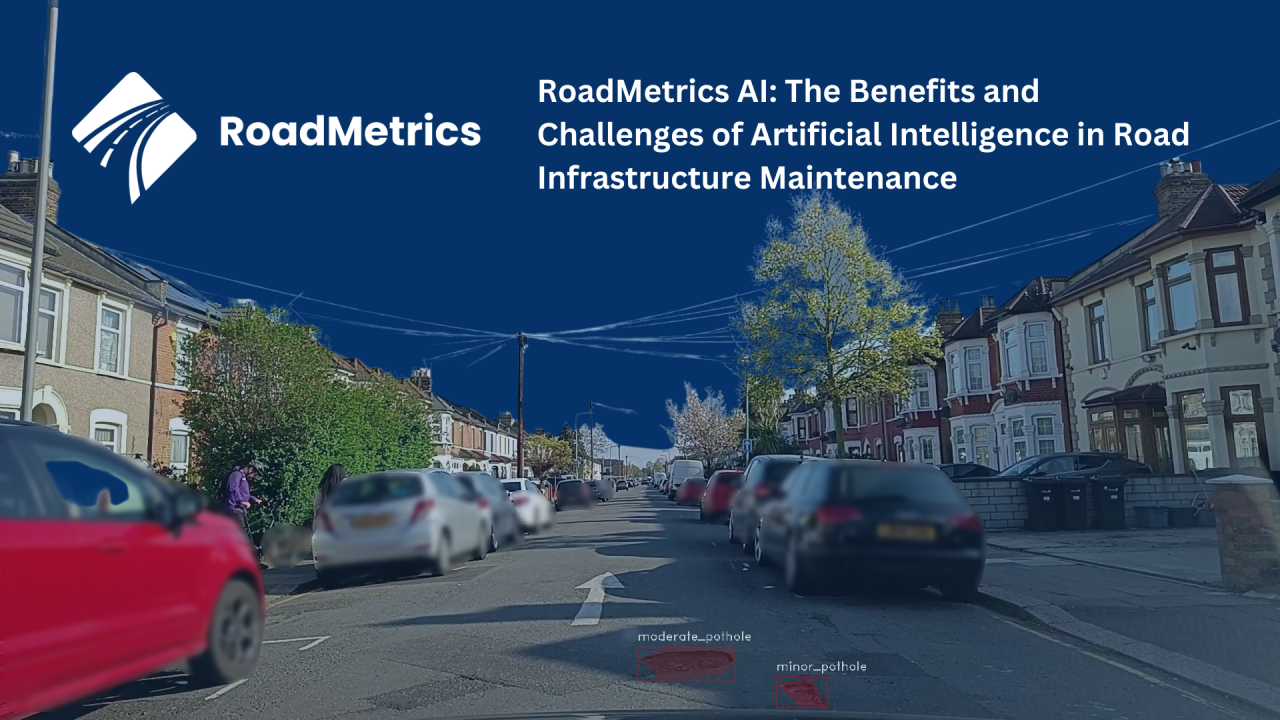Introduction
You might have wondered…
how do local authorities maintain your roads?
In advanced economies, road maintenance and infrastructure investments are substantial due to the importance of a well-maintained transportation network for economic development and public safety. These investments include various activities, including regular maintenance, repairs, resurfacing, bridge maintenance, and infrastructure upgrades.
In the United Kingdom, the government allocates a significant budget for road maintenance and improvements. In 2021, it was reported that the UK government planned to invest £27 billion over five years for strategic road projects, which includes maintenance and upgrades.
In the United States, the Federal Highway Administration (FHWA) provides funding for road maintenance and improvements. In recent years, the annual spending on road maintenance and construction in the United States has been in the range of hundreds of billions of dollars.
Similarly, other economies like Germany, France, Canada, and Australia also allocate substantial budgets for road maintenance and infrastructure.
Most advanced economies take a two sided approach for assessing and monitoring the condition of road networks.
Annual condition assessments
For instance, in the UK, it is the responsibility of local authorities and term maintenance contractors to commission a condition assessment of their road network.
This is similar to other countries including the United States, France, Germany, Australia and others.
Some of the reasons behind annual condition assessments are:
- Developing and building planned annual road maintenance schemes,
- Reporting to the Department for Transportation (DfT) for legal compliance,
- Identifying road safety issues and long term performance monitoring of roads
Road safety inspections
Local authorities also perform something known as routine road safety inspections. The main goal behind this is to fix high priority safety hazards such as potholes within a fixed timeframe, typically 3 days to 1 month based on severity.
Take, for example, a county council maintaining 2,000 km in road network length. This network is divided into 200 km sections and assigned to a trained Highway Inspector to perform manual visual inspections. The responsibilities of the inspectors include:
- identification of road safety hazards including potholes, trip hazards, fallen trees on the carriageway, etc.
- evaluation of the severity of potholes, and other road defects like cracking and rutting
Current methods for condition assessments
Machine-based surveys and manual assessment output

SCANNER, an acronym for Surface Condition Assessment for the National Network of Roads, is a methodology used for evaluating the state of carriageways. It delivers exhaustive and unbiased data on both surface and structural conditions. In a SCANNER system, a blend of technologies like laser scanning, accelerometer, high-tech optics, GPS, and high-definition image capturing are used.
Advantages of SCANNER:
- High accuracy data that detects small variations in the road surface to pick up potholes, cracks and rutting
- 3D modelling possible giving depth perception
Limitations of SCANNER:
- high upfront equipment cost (>£350,000) makes it challenging for local authorities already facing severe budget cuts
- time consuming; assessments on average take months to arrive, thereby making it challenging for timely action
- no digital tracking and analytics on road degradation possible
Machine-based surveys are still widely used for high speed motorways/expressways and other high priority road networks.
Manual visual inspections
Driven visual inspections are still used for many unclassified/low-priority roads with city and county councils.

While manual inspections are convenient, they are typically,
- subjective,
- time consuming
Can AI help here? Let’s find out…
*NEW DEVELOPMENT*
Smartphone based video condition surveys and AI based condition assessments

With the RoadMetrics AI system, condition surveys are performed using a smartphone based approach.
Why a smartphone approach?
A modern smartphone is a computational beast with processing power that can rival most personal computers. We believe video surveys from a smartphone based approach provide numerous benefits,
- video surveys can be more frequent; with less capex involved and ease of use, smartphones are the perfect solution for practical use
- real time app updates and ability to customise
- standardisation and low cost, since training data can be used from any region giving us an opportunity for global scalability
AI based approach for assessments
A computer vision based AI model, once trained sufficiently can predict road defects, asset sign information and other features reliably, thereby improving efficiency and reducing costs to perform assessments.

Outcome
AI is revolutionising how road condition assessments are performed globally. Many councils across various regions have adopted an AI method for the maintenance of their road network.
Advantages of an AI method:
- upto 30-40% lesser in costs as compared to manual inspections and machine-based surveys
- more frequent assessments
- analytics on long term road performance and continuous improvement in AI model accuracy
Limitations:
Although the system has its advantages, there is a limitation to consider:
- depth information of potholes and defects not possible
Conclusion:
AI is now an excellent new method for councils and road maintenance contractors to consider while assessing and monitoring the condition of roads as a part of their maintenance efforts.
With rapid advancements in AI and cost savings from it, the future will increase see the usage of AI in the road infrastructure space and enable new ways to approach road maintenance.
I hope this article was informative to you on how that roads that you drive on are assessed and maintained.
Reach out to us at info[at]roadmetrics[dot]ai for a demo to learn more about us.

